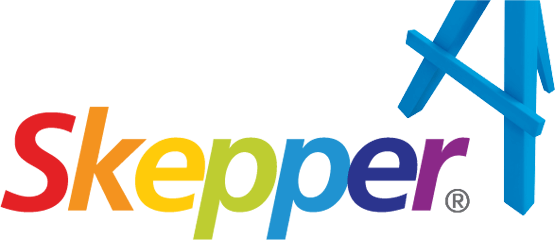
How to get better research results by using multiple UX methods.
UX research may give you a lot of information about your customers and what they want. Not only will research reduce the chances of an inaccurate assumption, but it will also find fresh areas for innovation.
UX design is the process of creating products that are helpful, simple to use, and enjoyable to interact with. It’s all about improving people’s overall experiences with products and ensuring that they find value, contentment, and delight. If that aim is represented as a mountain peak, UX designers use numerous UX research approaches to climb to the summit of the mountain.
In some manner, all research methodologies are constrained. However, the solution to these restrictions is not to throw it all away and stop pursuing research. Instead, the optimal way is to combine several research methodologies such that the limits of one method are offset by findings from another. Let’s look at some top UX research methods in this blog.
Triangulation: The practice of using multiple sources of data or multiple approaches to analyzing data, to enhance the credibility of a research study.
Essentially, triangulation is approaching a problem from a different perspective, it allows to perceive parts of the answer that were previously hidden.







